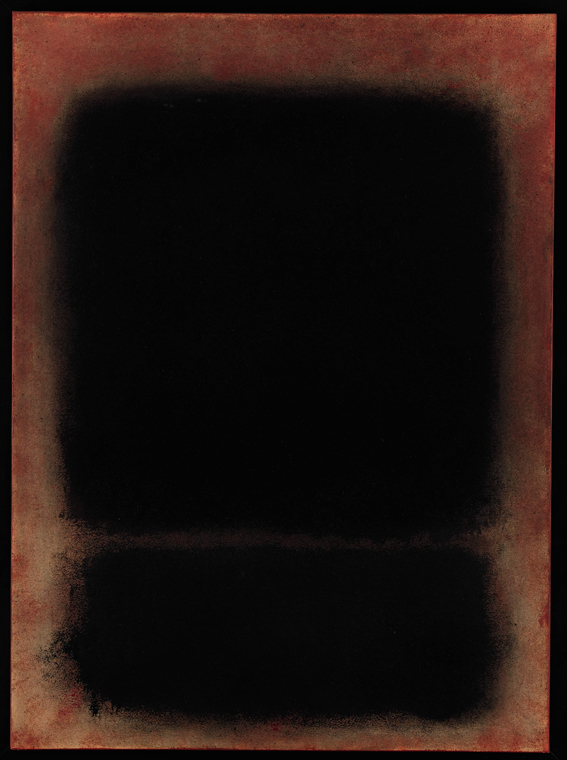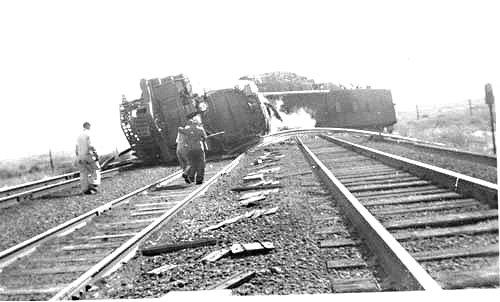Railroaders place to shoot the shit.
| Post Info | TOPIC: FLOWERPOT NO MORE??? | ||||||
|---|---|---|---|---|---|---|---|
|
|
|
||||||
|
|
|
||||||
|
|
|
||||||
|
|
|
||||||
|
|
|
||||||
|
|
|
||||||
|
|
|
||||||
|
|
|
||||||
|
|
|
||||||
|
|
|
||||||
|
|
|
||||||
|
|
|
||||||
|
|
|
||||||
|
|
|
||||||
|
|||||||
|
|
||
| Chatbox | |
|---|---|
|
Please log in to join the chat!
|
|


